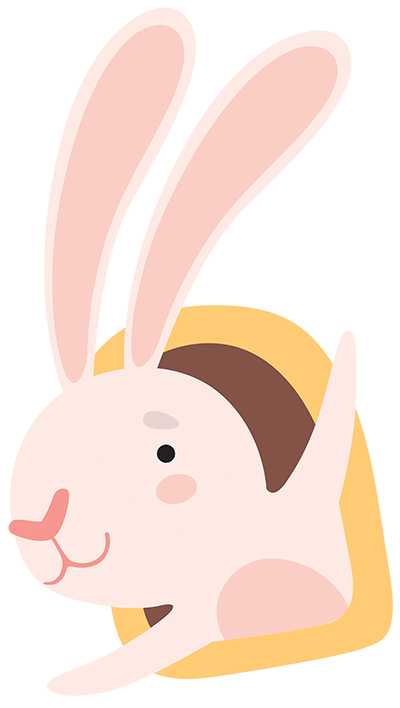
Childhood Allergies
As many parents know, parenting is filled with moments when you switch from rejoicing your child's first steps to panicking about a cough or sneezing within minutes. Allergies can seem like uncharted territory in your parenting journey, but don't fret - we've got the roadmap for you.
What is an allergic reaction?
An allergic reaction is your child's immune system going into a high-alert mode when it meets something it doesn't like, known as an allergen. The body releases chemicals like histamine, leading to various symptoms ranging from a harmless sneeze to a more serious rash or even anaphylaxis.
What causes allergies in children?
An assortment of triggers can cause allergies. Some of the typical culprits are:
- Food
- Pollen
- Dust mites
- Animal dander
- Chemicals
What are the different types of allergens and their treatments?
Understanding the type of allergy your child has can significantly help manage symptoms effectively. Let's break down a few:
Allergic Rhinitis (Hay Fever)
- This is your classic sneezing, runny nose, and itchy eyes reaction, commonly triggered by pollen or pet dander.
- Treatment: Antihistamines are the usual go-to, and in some cases, nasal sprays. Keeping windows closed during high-pollen seasons can also help.
Asthma
- Allergens can trigger asthma and manifests as difficulty breathing, wheezing, and coughing. It can be scary, but it's usually manageable.
- Treatment: Inhalers are often prescribed for immediate relief. Long-term control might include corticosteroids. It's crucial to identify and avoid triggers wherever possible.
Allergic Conjunctivitis
- This affects the eyes, making them red, itchy, and watery. It's usually caused by allergens in the air like dust, pollen, or smoke.
- Treatment: Antihistamine eye drops offer quick relief. It's also essential to keep the eyes clean and avoid rubbing them.
Food Allergies
- Probably one of the most stressful for parents, food allergies can range from mild (itchy mouth) to severe (anaphylaxis).
- Treatment: The primary treatment is avoidance. For accidental exposures, antihistamines can help; in severe cases, an epinephrine injection is essential.
Anaphylaxis
- This is an extreme allergic reaction requiring immediate medical attention. Symptoms can include difficulty breathing, swelling, and a rapid drop in blood pressure.
- Treatment: An epinephrine injection is often required, followed by a trip to the emergency room.
Some general tips to keep in mind
While the prospect of allergies can be daunting, the good news is that most are easily manageable with the proper diagnosis and treatment.
- Keep a diary to track what might be triggering allergic reactions
- Opt for hypoallergenic soaps and detergents for sensitive skin
- Use air purifiers to remove airborne allergens
- Introduce food allergens one at a time; the earlier, the better.
Remember, allergies are a common part of childhood and, in many cases, something your child may outgrow. Until then, equip yourself with the knowledge to make this journey as smooth as possible.
If your child is showing signs of allergies, book an appointment with Dr Ramsunder today.

